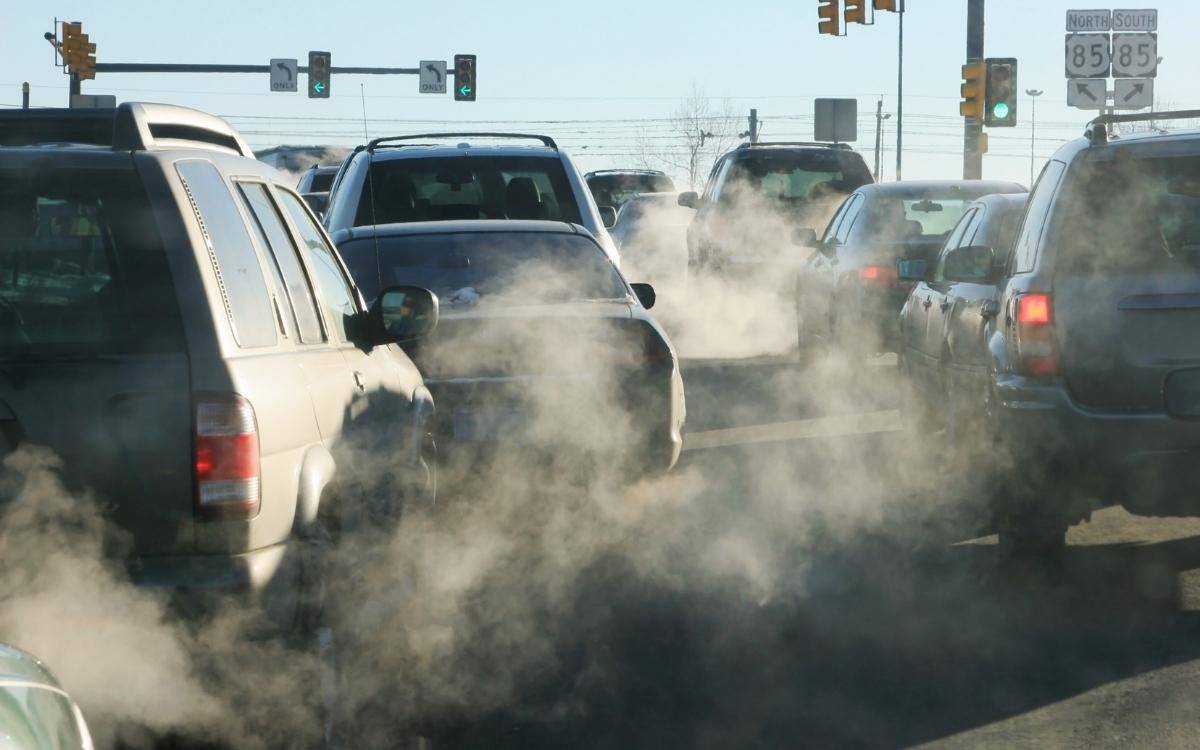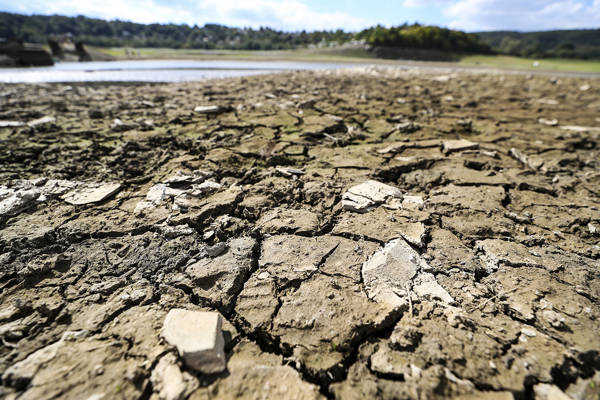There is a strong and mutually impactful relationship between the climate crisis and the transportation sector: Greenhouse gas emissions from the transportation sector accelerate the climate crisis. Simultaneously, climate-related disasters such as severe rainfall, storms, heatwaves, and fires affect the transportation sector, infrastructure, and passengers significantly.
Therefore, it is imperative to reevaluate and transform transportation in our cities to both reduce carbon emissions generated in transportation and create a resilient and safe transportation system in the face of climate hazards. However, adapting the transportation sector to the effects of the climate crisis is a relatively new topic in Turkey, as it is worldwide.
In the context of the climate crisis, the restructuring of the transportation sector was previously primarily focused on greenhouse gas reduction strategies. However, since the United Nations Climate Change Conference (COP21) held in Paris in 2015, the situation has evolved. In addition to emphasizing the acceleration and intensification of reduction actions, it is equally important to acknowledge that the climate has already changed. This requires making the transportation sector resilient and adaptable to climate hazards.
Transportation infrastructure
The climate events that affect urban transportation the most are floods and inundations caused by extremely heavy rainfall, severe winds and storms, heatwaves, fires, and issues related to rising sea levels in coastal areas.
These climate events cause permanent damage to transportation infrastructure and vehicles. They disrupt the transport of goods and passengers, hinder access to education and healthcare services, negatively impact economic and social life, and pose a serious threat to public health.
For all these reasons, making urban transportation resilient to climate-related hazards, ensuring passenger health, and ensuring uninterrupted transportation activities that affect many economic sectors are of utmost importance.
Critical infrastructure
One of the first steps within adaptation strategies is to ensure the resilience of critical urban transportation infrastructure. This includes metros, light rail systems, trams, electric buses, trolleybuses, as well as water transport vehicles, ports, and piers.
Infrastructure measures such as culverts, drainage pumps, protective barriers, and shelters are essential to protect against floods and inundations on roads for vehicles, cyclists, and pedestrians. Protective measures against storms and severe winds should also be considered. Additionally, measures should be taken to prevent asphalt from melting or softening in the face of heatwaves.
To mitigate the destructive impact of heavy rainfall and inundations, it is essential to use permeable paving materials on roads, sidewalks, squares, and parking lots. Increasing green infrastructure such as green spaces, green roofs, green stops, and green stations can facilitate the absorption of water into the ground during heavy rainfall.
“White-roofed buses”
Green and blue infrastructure can also reduce the impact of heatwaves. Tree-lined streets can provide shade and increase green spaces, reducing the heat island effect. Likewise, redirecting streams to flow above ground can create blue infrastructure that cools the air.
Since buses are the vehicles most negatively affected by heatwaves, practices like 'white-roofed buses,' which are becoming widespread in many cities, can be employed to prevent heat from entering public transportation vehicles and school buses.
In addition to these actions, it is necessary to increase the capacity for intervention and evacuation in emergencies. Flexible transportation infrastructure that can be utilized for various transportation systems and routes should be developed. This ensures that transportation and evacuation are sustainable when one system or route is closed. In this context, bus lanes and lanes for emergency use are becoming increasingly popular worldwide.
Reducing car usage
Greenhouse gas emissions from the transportation sector contribute significantly to total emissions, and this contribution is increasing. In Turkey, the share of the transportation sector in total carbon dioxide emissions was 17% in 2000, and by 2019, it had risen to 23%. This share is expected to increase further by 2023. Therefore, transforming urban transportation systems through actions known as 'reduction strategies,' particularly those aimed at reducing carbon dioxide emissions, is crucial.
Apart from public transportation, it should be possible to access every point in the city safely on foot, and bicycle path networks should be expanded. Bike-sharing systems should be promoted. Additionally, actions that discourage car use should be implemented. The central areas of cities should be pedestrianized or redesigned as pedestrian-bicycle-public transportation corridors. Measures like pricing car entry into city centers should be considered.
For long-distance travel and transportation, it is essential to develop railways and maritime transportation instead of the most energy-intensive and emission-intensive air and road transportation. These alternatives should be supported with policies that ensure both service quality and frequency and competitive pricing.
This article, authored by urban planner and urban transportation planning expert Prof. Dr. Ela Babalık, has been published in collaboration with İklim Masası and bianet.
İklim Masası is a news service that aims to disseminate reliable information about the climate crisis to the public. Its authors are experts in the subjects they cover, typically consisting of scientists.
(TY/VK)








